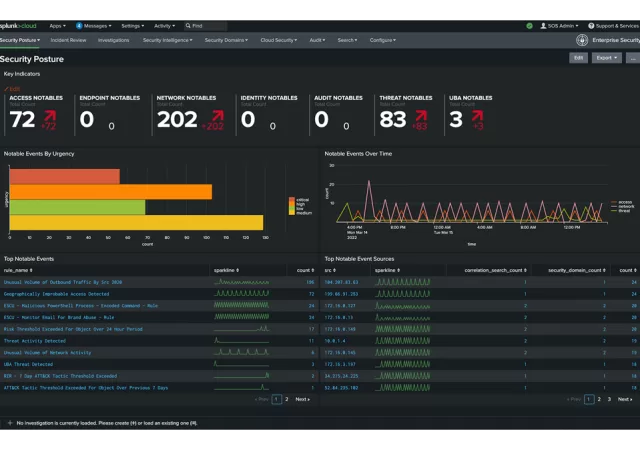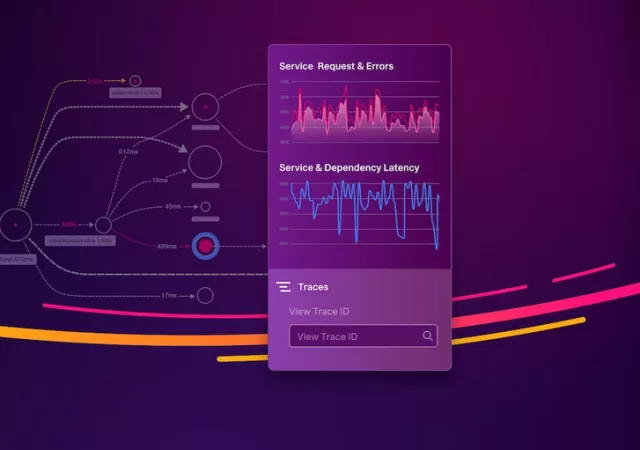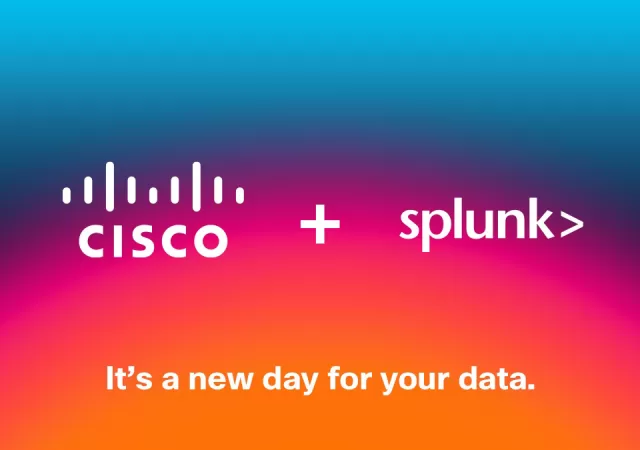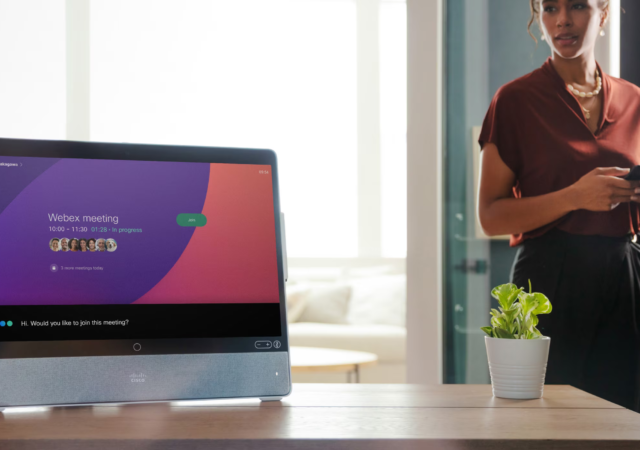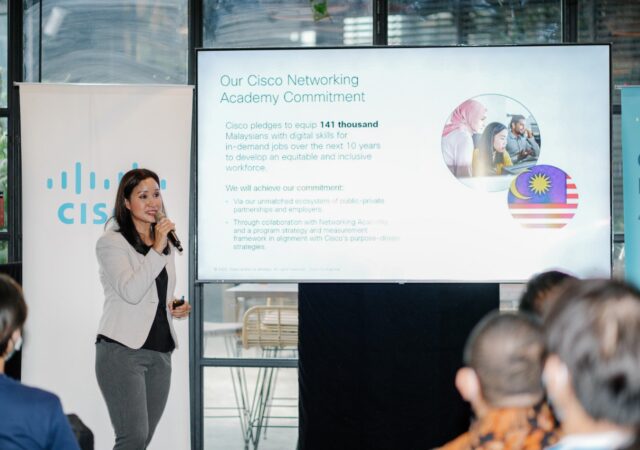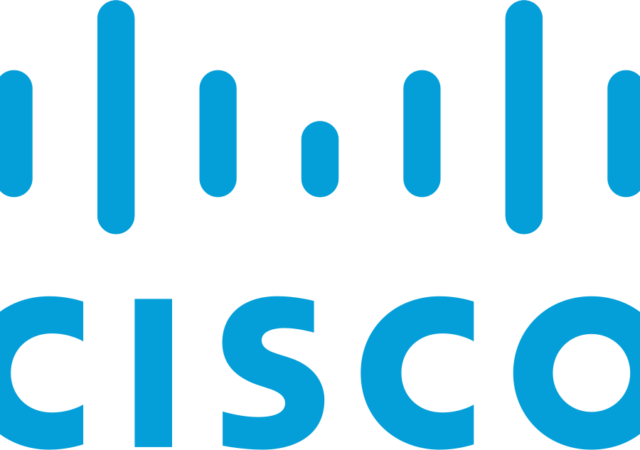Learn about Cisco’s comprehensive approach to improve threat detection and response through revolutionary AI in the Security Operations Center.
Cisco Splunk Observability Cloud Available Locally on AWS Singapore
Splunk Observability Cloud is now available locally in the AWS Singapore region. The new local availability provides data sovereignty guarantees and more.
Cisco’s Acquisition of Splunk: A Game-Changer in Data Management and Security
Cisco makes a groundbreaking move with the USD$28 billion acquisition of Splunk. Learn how this deal will revolutionize data management and security.
Cisco Unveils Webex AI Strategy: Bringing Collaboration to the Next Level with AI Augmentation
Webex from Cisco is introducing AI as a powerful digital assistant. With AI-enhanced features for audio and video capabilities, it helps you have crystal-clear calls and reap the rewards of improved productivity!
Cisco Discontinues HyperFlex HCI
Cisco has announced that it is discontinuing its HyperFlex HCI product family in 2024 due to evolving customer needs and market dynamics.
Collaborate, Meet & Work from Anywhere with AI-imbued Webex from Cisco
Cisco brings AI to online collaboration and meetings with a series of updates to its Webex platform. The new updates help businesses optimise for a hybrid work reality.
Cisco Networking Academy Looks to Equip 141,000 Malaysians with Digital Skills
Cisco pledges to upskill 141,000 Malaysians over the next 10 years through its Networking Academy program with partnerships with Academia and more.
Cisco Urges Customers to Upgrade to Avoid Vulnerability Exploit
Cisco seemingly forces customers to update to more current routers as a serious exploit comes to light.
[Cisco 2019 CISO Report] A Good Year For Malaysia
CISO stands for Chief Information Security Officer. From that description alone, we believe you would know what this report is about then. If you still do not; Cisco did a study for the cyber security field for 2019 by interviewing…



